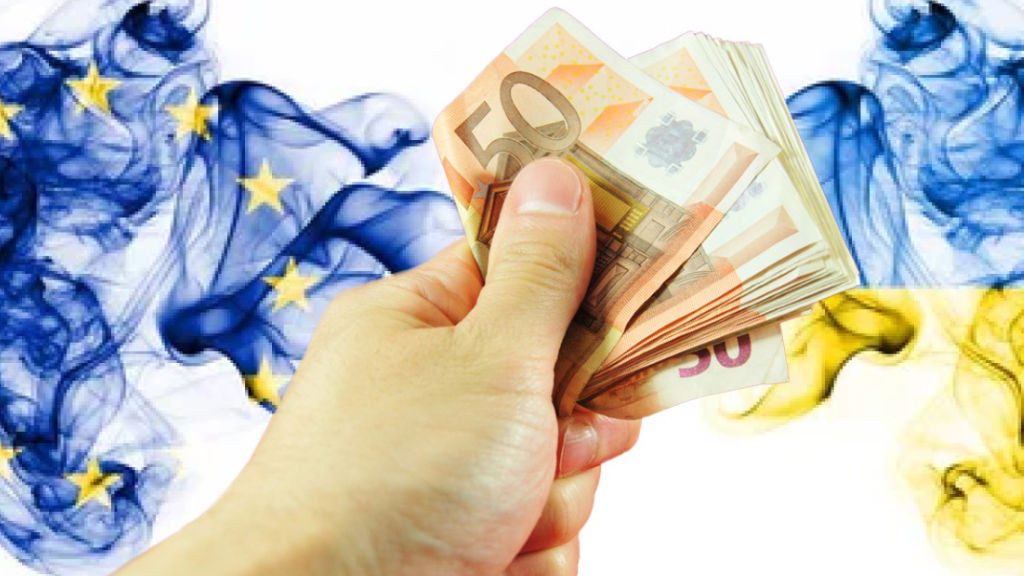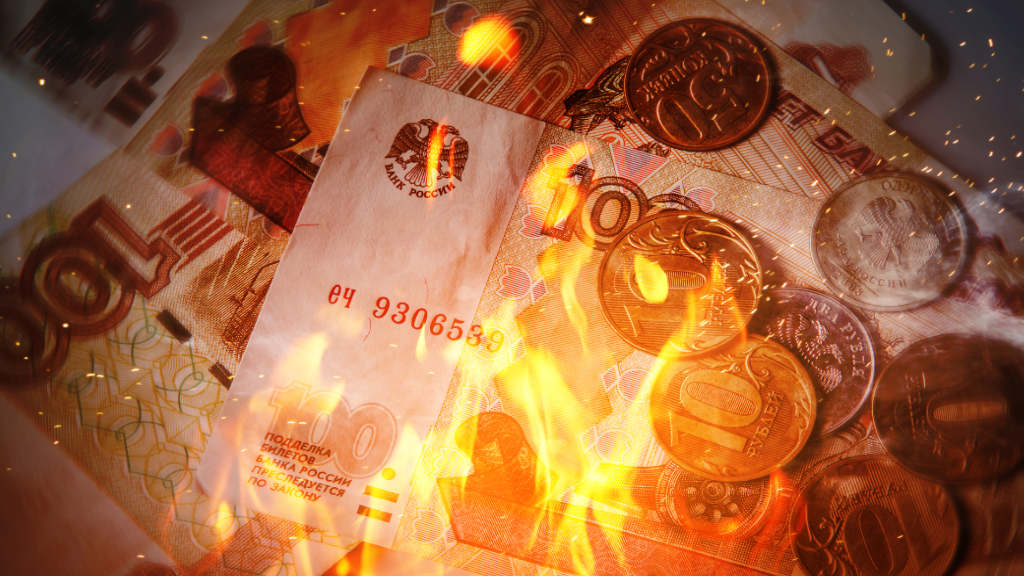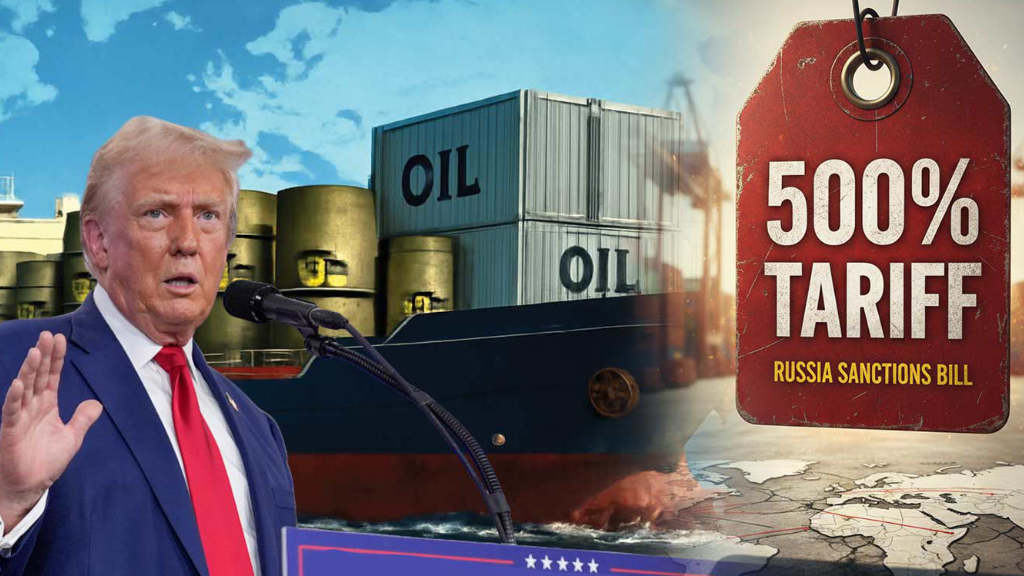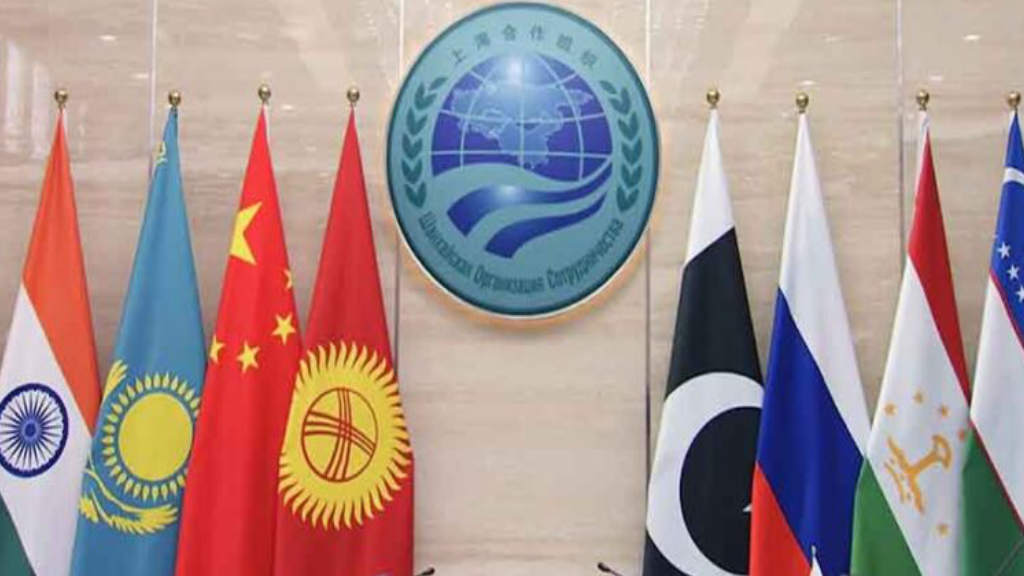The European Union has approved the use of Russian financial assets, currently frozen in the Belgian Euroclear account, to be sent to the “European Peace Fund” (EPF) – a body established in the EU to send funds for munitions to Ukraine. In this article we examine the agreement and the implications.
Deal Structure
The Russian Central Bank has about €210 billion frozen within the EU – chiefly at the Euroclear depositary in Belgium. That money earns interest, which ought to be repaid to Russia. The EU approval however allows this interest to be sent instead to the EPF who then disburses it to Ukraine to allow the country to purchase weapons to use against Russia.
There are some caveats. Firstly, interest payments attract tax in accordance with Belgium’s own tax laws. Belgian laws apply a 30% tax rate on earnings derived from interest payments. It is unclear whether the Belgian government is levying this tax or has created a legal waiver to reduce or cancel its own tax laws.
Secondly, the Euroclear depository typically charges a 13% handling fee for processing money held in its accounts. It is believed that this fee may have been negotiated to be split into two parts: a reduced 0.3% handling fee, and a fund of 10% to be deducted to cater for any eventual legal fees should Russia sue Euroclear for damages – which is highly likely.
There is also some anecdotal evidence that in agreeing to a lower handling fee, Euroclear themselves are not entirely happy with the EU’s position and are sending a signal to Moscow that the interest transactions – as they are not now profiting directly from it – are made under duress. The company has previously warned against such an approach.
Ukraine Financing
The European media are reporting that these arrangements – although they have not been fully clarified – will allow Ukraine to receive an approximate €2.5 – 3 billion per annum to purchase munitions. The chief weapons suppliers to Ukraine are the United States and the United Kingdom.
To date, following just over two years of conflict, the West has spent about €163 billion on weapons and munitions for Ukraine, or a rough monthly average of about €6.8 billion. The €2.5 – 3 billion therefore committed by using Russian interest to pay for Ukraine munitions, based on previous expenditure amounts to about 9 days worth of weapons.
What’s Next?
For the West, and Ukraine, granting permission to use Russian assets in this way is a step towards further seizure of Russian assets. From now accessing the interest payments, the path has been set to later accessing the capital.
Capital Flight Risk & The Euro
However, should the EU go a step further and permit this, the credibility of the EU as a safe haven for foreign capital holdings – which are already stressed by the freezing of Russian assets and will be more alarmed at the seizing of interest payments due to Russia – will be significantly damaged. It may well result in a run on the Euro, and on other countries withdrawing capital assets from the EU. The Euro is currently worth 1.07 to the US dollar and has been declining this month. It will be of note to see if it drops below US$1 in value over the next two weeks. If it breaches that emotional barrier, it may fall much further.
Meanwhile, while an overall repositioning of foreign holdings out of Europe may not happen immediately, the risk of this occurring has now increased. Both the United States and Ukraine have been encouraging the EU to access Russia’s frozen capital.
Confiscation of European Assets in Russia
Russia will almost certainly react in two ways: step up the confiscation of European assets in Russia. While Russia has already de-dollarized and de-euroed its domestic foreign currency holdings, there will not be a huge impact on any currency assets. But there could be at the corporate sector, where Russia may seize corporate assets held in the country. That would create political divisions between Brussels and European investors in Russia. As at May 2024, multiple European multinational corporates remain active in Russia, holding billions of euros of assets in plant and machinery and real estate. These are now in great risk of being seized by the Russian state and handed to Russian businesses to take over and manage. The estimated value of such assets in Russia is estimated to be about €150 billion. There have already been numerous warning signs that Russia will recover its Euroclear holdings by requisitioning European assets in Russia, with companies such as Danone and Carlsberg already subjected to this. It can be expected to be a continuing trend. Belgian investors can also now expect to receive ‘special treatment.’
On top of this, Moscow will be looking at mounting legal challenges. These will be aimed at Euroclear and potentially, the European Commission itself. Even the holding by Euroclear of 10% of Russia’s interest rates may not be sufficient – a point to argue as to the validity of using sovereign funds to offset legal challenges from the same sovereign country. These legal challenges can take years to process and EU lawyers and possibly the courts can be expected to engage in delaying tactics. These are challenges that could be in process for decades. The problem for Europe is that these challenges will have to appear on the EU’s overall ‘balance sheet risk’ – extending the potential weakness of the Euro, and the European credibility risk indefinitely. At some point, that may become an albatross around Brussels neck. The EU has embarked on a high-risk strategy in pursuit of relatively small financial rewards.





